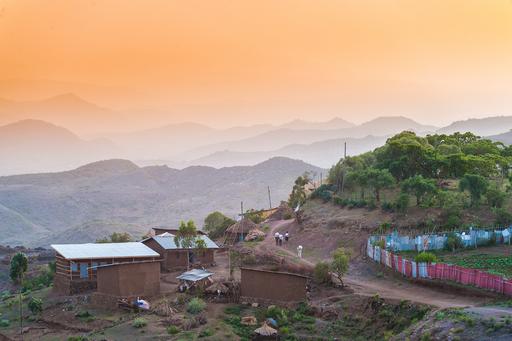
Why environment?
Environmental degradation is linked to poverty, democracy, and human rights in multidimensional ways. Climate change, biodiversity loss, pollution, and environmental degradation in various forms counteract development in all areas of society. Poor and marginalised people in developing and transitional countries are particularly affected. Sida and its partners have the opportunity to make a difference. Find a sample of links between environment and climate change and various themes further down on this page.
Urgent action needed for a just and green transition
For a just transition and advancing the 2030 Agenda for sustainable development, we need to take urgent action to decarbonise the energy systems, move to a green and circular economy, enhance social justice and equality, and protect, restore and sustainably manage natural resources.
The environmental perspective applies to all Sida's operations
Sida and its partners have the opportunity to make a large difference towards sustainable societies by enhancing the perspective of environment in various ways. By systematically reviewing and integrating environmental aspects into development cooperation, sustainable development can advance at global, regional, national, and local levels. The environment and climate change perspective is one of Sida's guiding perspectives.
Strengthening environmental aspects reduces risks and vulnerabilities
Poor and vulnerable people in developing and transitional countries are disproportionately affected by pollution, land degradation, climate change, and other environmental challenges. It is therefore important that all actors involved in development cooperation understand the links between the environment and poverty, and take a holistic approach to these challenges, which become more intense and complex over time. Strengthening the integration of environmental aspects in planning reduces risks and vulnerabilities, increases the resilience of societies and can combat the underlying causes of crisis and conflict.

Enhanced environmental integration in Swedish development cooperation
The Helpdesk works to support Sida with enhanced integration of environmental issues and perspectives in Swedish development cooperation. Environmental integration requries Sida and its partners to make use of synergies across all thematic areas and sectors to contribute to a world that adheres to the planetary boundaries. Learn more through Sida's Green Tool Box.
The Helpdesk's definition of Environment
The concept 'Environment' has a wide coverage and includes natural resources, land use, biodiversity and ecosystem functions and services, climate change, resource depletion, environmental degradation and pollution. Climate change is always included when the term environment is mentioned, even if it is not always explicitly expressed.





